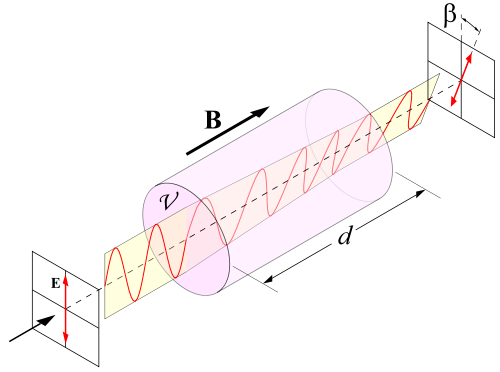Navigation
Install the app
How to install the app on iOS
Follow along with the video below to see how to install our site as a web app on your home screen.
Note: This feature may not be available in some browsers.
More options
Style variation
-
Congratulations cowski on being selected by the Eng-Tips community for having the most helpful posts in the forums last week. Way to Go!
You are using an out of date browser. It may not display this or other websites correctly.
You should upgrade or use an alternative browser.
You should upgrade or use an alternative browser.
Separately Detect Electric and Magnetic Field Remotely?
- Thread starter jetwash
- Start date
- Status
- Not open for further replies.
- Thread starter
- #3
The Operating Frequency options I am needing are 902-928 MHz ISM (Industrial Scientific Medical) band or up to the 2.400 GHz to 2.500 GHz ISM band.
I am trying to attempt is to SEPARATELY detect and measure the electric and magnetic field remotely. At a distance up to 5 miles or more.
I am trying to attempt is to SEPARATELY detect and measure the electric and magnetic field remotely. At a distance up to 5 miles or more.
I detect that several basic concepts are in need of straightening out.
The impedance of free space (Wiki) is the hard and fast relationship of electric and magnetic fields (provided that you're measuring in the far field). Measuring them "separately" is essentially a flawed requirement (unless I'm misunderstanding you). Measure the RF field strength and the E/H fields can be calculated on the back of an envelope.
Top post mentioned the difficulty of detecting polarization changes. Invalid. Detecting the polarization is almost as easy as detecting the signal. Although detecting CP would be another experiment.
As stated by IRstuff, to cover five miles you'll need a proper medium power transmitter (not normally permitted in these typically unlicensed bands), or dedicated and ambitious experimenters with high gain antennas.
The impedance of free space (Wiki) is the hard and fast relationship of electric and magnetic fields (provided that you're measuring in the far field). Measuring them "separately" is essentially a flawed requirement (unless I'm misunderstanding you). Measure the RF field strength and the E/H fields can be calculated on the back of an envelope.
Top post mentioned the difficulty of detecting polarization changes. Invalid. Detecting the polarization is almost as easy as detecting the signal. Although detecting CP would be another experiment.
As stated by IRstuff, to cover five miles you'll need a proper medium power transmitter (not normally permitted in these typically unlicensed bands), or dedicated and ambitious experimenters with high gain antennas.
Are you trying to measure or detect some Faraday effect polarization rotation through five miles of normal atmosphere?
- Thread starter
- #7
...so you're planning to use an essentially non-existent effect to measure a faint signal?
If telluric currents could muster enough Faraday effect to be even hypothetically detectable, then the Earth's baseline magnetic field would have humanity's RF signals spinning like windmills. We would have noticed that.
If telluric currents could muster enough Faraday effect to be even hypothetically detectable, then the Earth's baseline magnetic field would have humanity's RF signals spinning like windmills. We would have noticed that.
- Thread starter
- #10
Inductance method could be used, using wires in the ground. And shooting a beam and bouncing it off a plate for a return signal could be used also. Although, that is not my goal. I am trying to find someone who has experience outside of the box for some advice on a remote system that would work without wires in the ground or plates to bounce the signal off of.
Faraday effect (Wiki image)

Red signal is the ISM RF signal (902-928 MHz, or 2.4-2.5 GHz), V is the Verdet constant for the material, B is the delta magnetic signature (at about 100 ppm of the baseline), and the polarization rotation angle ß (basically zero point zero zero zero zero zero zero zero...).

Red signal is the ISM RF signal (902-928 MHz, or 2.4-2.5 GHz), V is the Verdet constant for the material, B is the delta magnetic signature (at about 100 ppm of the baseline), and the polarization rotation angle ß (basically zero point zero zero zero zero zero zero zero...).
- Status
- Not open for further replies.
Similar threads
- Locked
- Question
- Replies
- 1
- Views
- 780
- Locked
- Question
- Replies
- 3
- Views
- 538
- Replies
- 3
- Views
- 341
- Locked
- Question
- Replies
- 2
- Views
- 828
- Locked
- Question
- Replies
- 1
- Views
- 338
